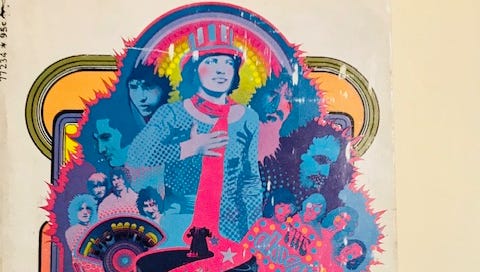Last Sunday, March 24, [2013] there was a tribute to Paul Williams at the Boo-Hooray Gallery on Canal Street in Manhattan. The three hour event was a hello-goodbye to Williams, long-suffering from the brain damage incurred in a bicycle accident in 1995. His time on this planet appeared to be ebbing, and he died Thursday, March 28.
People kept shifting from past to present in speaking about Paul, but I didn't detect any discomfort about this. The event was organized by Paul's wife, the singer-songwriter Cindy Lee Berryhill, whose courage in the face of the imponderable inevitable kept our anxieties at bay. Editions of Paul's multitude of writing—pamphlets, books he wrote and edited, and of course, Crawdaddy! the magazine he founded in 1966 that created a new form of narrative journalism, now known as rock criticism, filled display cases and lined the walls.
Keep reading with a 7-day free trial
Subscribe to Critical Conditions by Wayne Robins to keep reading this post and get 7 days of free access to the full post archives.




